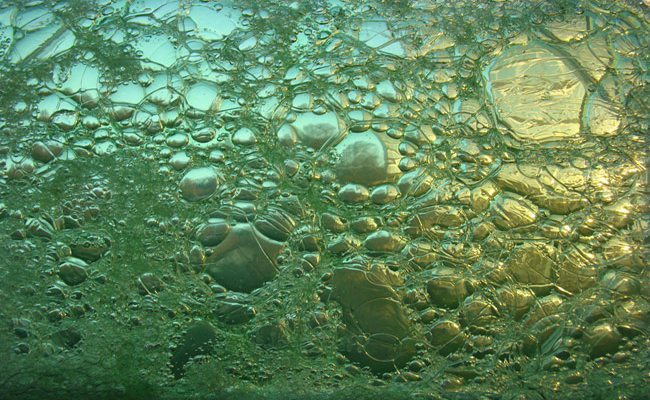
New visions for architecture and urbanism were often accompanied or driven by radical technological developments or material innovations. However the knowledge of the master builders, who not only designed the buildings but also invented tools to process these materials, was linking a universal experience in construction with a deep understanding of physical materiality.
The invention of plastics at the end of the 19th and beginning of the 20th century, which unified transparency, insulation, lightness, deformability, stability and flexibility in a single, homogeneous material, enabled various experimental spatial installations.
Although today’s CAD/ CAM technologies and digital design and fabrication techniques allow for the mass customization of building components and the creation of so far unimaginable forms, the continuously growing interest for uniform and smooth surfaces and elements has led to materials which are broken down into powdered components to become either reassembled during 3D printing procedures or pressed into flat sheets to be post-processed by numerically controlled machines.
The introduction and application of so called smart materials will allow the creation of active, dynamic spaces, which can physically adapt to changing demands and interests. Within this module we will focus on the DIY aspect in making and using (smart) materials to create an interactive installation. All the materials have in common that they can be produced following a set of rather simple instructions and that they are thin, lightweight and flexible. We will use the electroactive polymers, electroluminescence, dye-sensitized solar cells and bioplastics.
